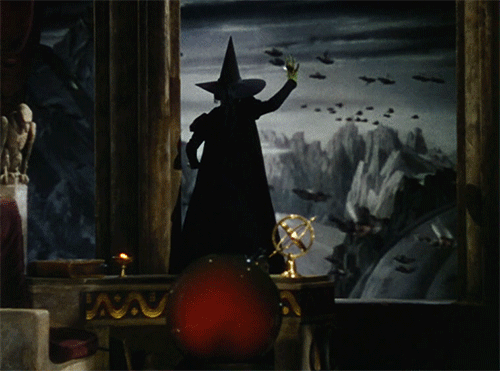When buying and selling are controlled by legislation, the first things to be bought and sold will be legislators. —P.J. O’Rourke, quoted in The Syndrome Rule
For anyone who has ever occupied a dot-com cubicle, Chris Jones’ elegant techno-thriller The Syndrome Rule will seem terrifyingly possible. His debut novel supplies a wild ride through conflicts between commercial vs. free software, capitalism vs. socialism, and the interplay between the government and a fictional computer colossus located in Redmond, Washington.
Similarities between Jones’ fictional Sky Software, “maker of operating systems, office suites and laser mice,” and real-world Microsoft are probably due to Jones’ former employment with the Redmond-based computer giant.
Sky Software is the 600-pound gorilla in Chris Jones’ Redmond, employing so many people that it can skew local fashions—Sky employees all wear fleece jackets with Sky product logos. The company has so much capital that it can drop a billion on a single acquisition, and it wields enough power to define legislation that will mandate use of its products. Driving many of these power-moves is James Hollinrake, a corporate weasel by any definition of the word.
Hollinrake has just concluded the greatest career-move of his life. Challenged to find the next “cool techno-toy,” he identifies a Silicon Valley firm manufacturing an “organic” computer case, acquires some prototypes, and puts a “crash team” to work reverse-engineering them. The result is destined to be the "next big thing" in portable computing, the BizTop. Having proven the concept and acquired the Silicon Valley firm for Sky, Hollinrake is basking in the glory of a promotion to vice-president, and an appointment to head SkyPAC, the company’s lobbying organization in Washington, DC.
All Hollinrake has to do now is make sure every BizTop includes the soon-to-be-mandated Digital Rights Management chip. If the organic case-makers disagree with that inclusion, well, he still has his crash team ready to go to make sure it happens. The product is released on time, and sells faster than Sky can supply it.
Meanwhile, local entrepreneur Weel Traverse is hunting for his missing wife. Weel connects with Sky employee Cale Hewney, and eventually they discover his wife had been part of the BizTop crash team. But there the trail goes cold. Weel reports his wife missing, and is told that she’s “probably just taking some time off.”
Suddenly, BizTops begin failing, emitting a “pus-like white substance” and people exposed to that emission get sick with a SARs-like illness. A dozen die, then 50. Soon thousands of people are dying from the substance emitted from the BizTops. The CDC labels this disease “BizTop Syndrome” or BTS, and commands Sky to collect and incinerate all the BizTops, failed or not. Hollinrake claims the white emissions are the fault of the organic cases; Sky’s CEO, Charlie McCrae, thinks BTS may be a terrorist act by IFS, a “somewhat-militant free-software advocacy group.”
And people continue to die as the finger-pointing progresses. The question becomes, Did Sky Software know BTS would result from the product release? Traverse’s missing wife, a vanished Wall Street Journal reporter, and Sky’s DRM chip all play into the thrilling answer to this question.
Jones avoids the easy stereotypes; he makes Sky CEO McCrea and entrepreneur Traverse sympathetic characters, and paints Traverse’s powerhouse wife as willing to drop her career for the prospect of motherhood. A veteran fiction-writer might have done more with the mysterious recruiter who hires Hollingrake for Sky, and had less problem with verb tenses than does Jones. But these are minor quibbles with an extremely enjoyable, and very exciting tale.
Save a good chunk of time once you start this novel—you won’t be able to put it down!








.jpg)






